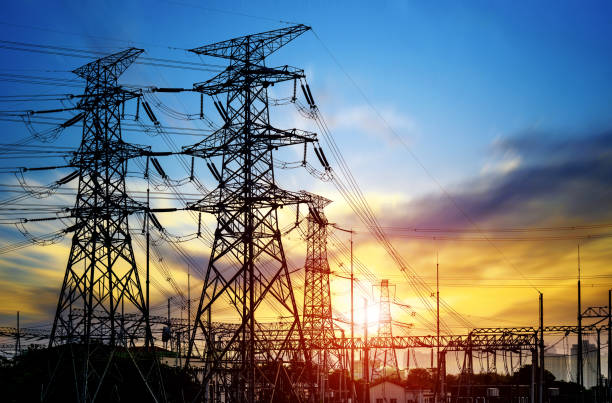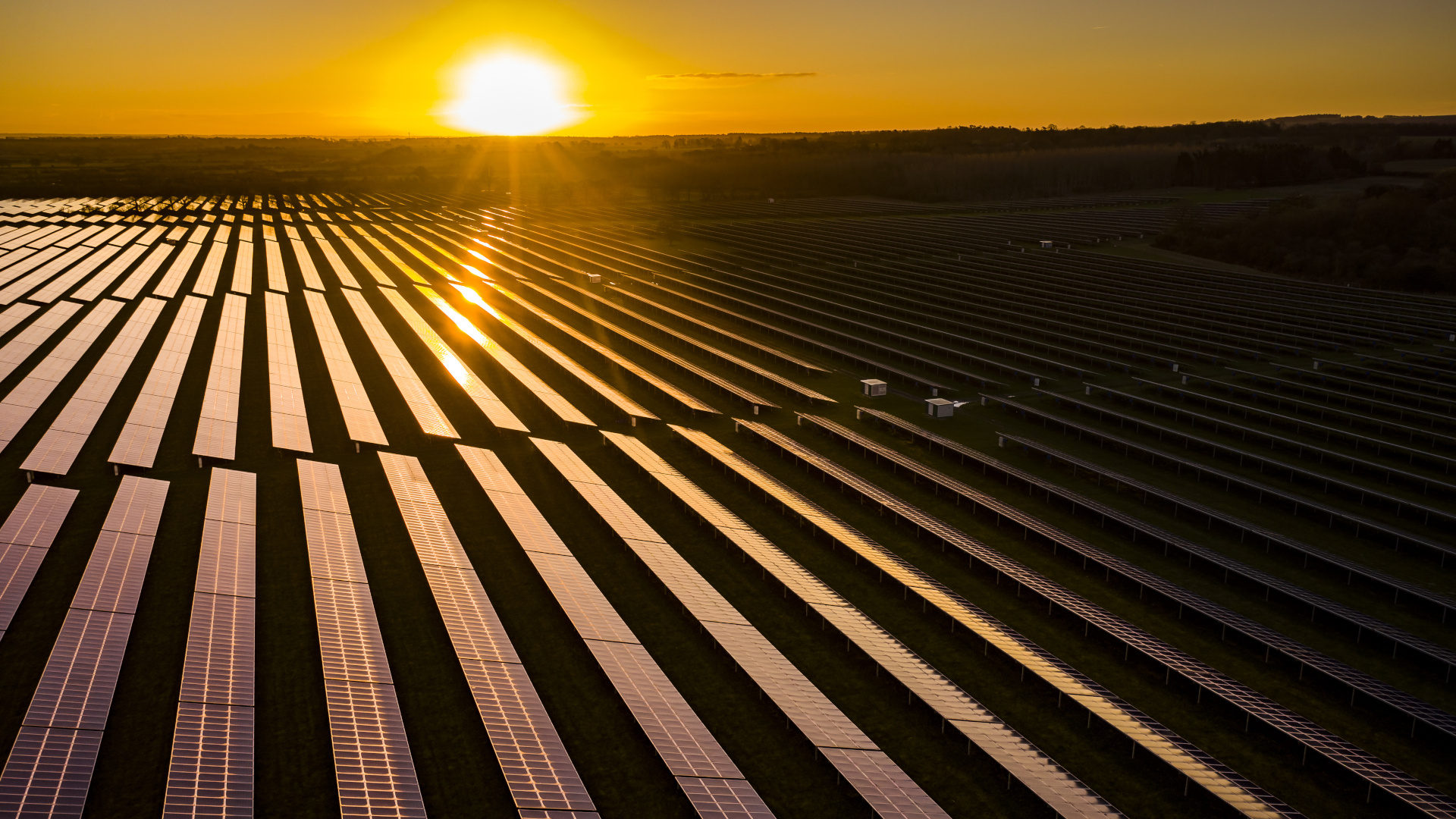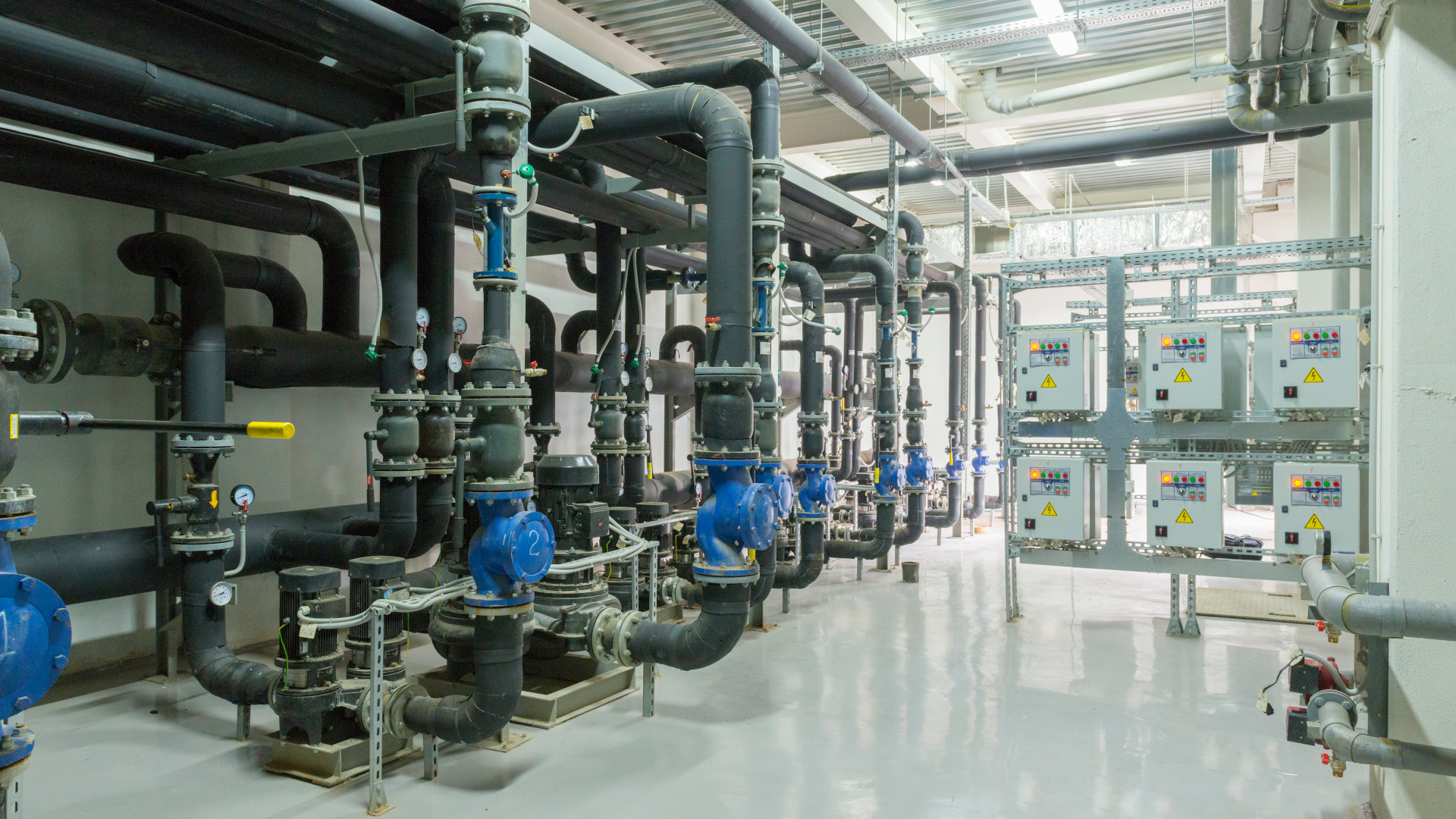
The major power outage on 28th April affected millions of customers. The backout occurred during a time of high levels of renewable generation and this has quickly been made a scapegoat for this outage. Here we explain the sequence of events leading to this outage and explain why renewables aren’t really the culprit for this event.
Immediately before this event unfolded, there was a high renewables penetration on the grid – 56% solar, 70% non-dispatchable sources in total. There was also a reduced level of conventional capacity, as the nuclear sources were offline due to economic pressures. There was also a limited interconnection capacity with the French grid.
A sudden loss of 3GW of fossil fuel generation occurred, when a gas fired plant tripped offline due to a technical failure. This sudden loss of 3GW of capacity created an imbalance between supply and demand, creating a frequency and voltage variation, which deviated beyond acceptable limits. This was sufficient to create the ideal conditions for a cascading disconnection effect to ensue. During these frequency and voltage variations, solar then began tripping offline, giving a further shortfall in capacity of 10GW, as the solar inverters disconnected, via anti-islanding protection. Most inverters installed on Spanish solar farms are of the grid-following type rather than grid-forming type, meaning they require a stable grid waveform to operate as they passively follow this. In a short period of time, a 3GW loss snowballed to a 13GW loss, collapsing the Iberian grid. The interconnection with the French grid also tripped in order to protect the French grid from this cascade.
The result of this was a nationwide blackout for both Spain and Portugal, a 15GW deficit of capacity and 60 million customers affected, directly caused by insufficient system inertia making the system incapable of stabilising fast enough.
Any back up systems that were available, such as battery storage or pumped hydro were either insufficient to stabilise the grid or were not deployed quickly enough.
This event shows us that grid inertia is not a luxury; it is a necessity to prevent something like this happening again. It also highlights the importance of choosing grid-forming rather than grid-following inverters. Grid-following inverters passively follow the grid voltage and frequency and therefore are vulnerable to variations in these. A grid-forming inverter can actively control voltage and frequency and thus support the grid when there is a disturbance event occurring on the grid or where grid access is limited, following a grid collapse. Grid-forming inverters are more complex and expensive than their grid-following counterparts, but this cost is offset severalfold by reducing the risk of grid collapse and the costs incurred from it. The necessity of grid inertia is also worth the additional cost of grid-forming inverter technology. Grid-forming inverter technology also allows renewable generation to provide another valuable contribution to a grid, that of fault level.
It is the inverter type that has caused this issue, not the renewable source of the energy. The grid cannot differentiate between 1MW generated by a fossil fuel power station, from 1MW generated by solar, from 1MW generated by wind or from 1MW generated by hydroelectric power; it is the same 1MW of energy however generated, so the grid is no more vulnerable for 1MW of power from a solar farm than it is for 1MW from a fossil fuelled plant. It is the differing inertia that is the issue, and this can be rectified via appropriate grid planning and technology selection. Had this been carried out on the Iberian system, this grid collapse would have been less likely to happen.
Recommended Solutions
- Audit grid stability.
- Grid-forming inverters should be specified over grid-following inverter models. It may be a benefit to make this mandatory.
- More battery storage should be incorporated into modern electricity grids to support frequency. Battery storage can be switched in extremely quickly to support the grid frequency, by providing quick active power replacement when other generation sources trip off the system unexpectedly.
- Synthetic inertia, for example synchronous compensators, should be added to grids as appropriate, following inertia and grid stability studies.
- Reform of the electricity markets may help by making investment in synthetic inertia, where it is needed, more attractive.
- Policy reform may be necessary to improve reliability.
- Stress test grids against various threats.
In the UK, National Grid has run a number of programs to fund the installation and operation of inertia generating synchronous condensers across the country. In addition to the increasing number of batteries, this means the UK does have protection against this types of scenarios, despite losing inertia as fossil fuel generators close.




